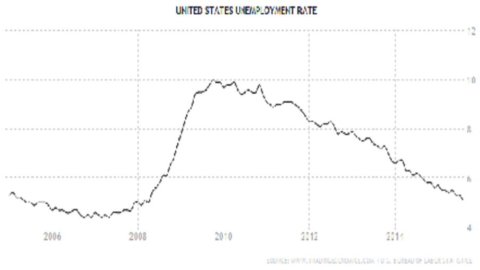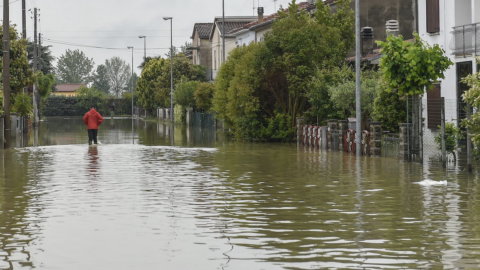Finally the mountain gave birth to the little mouse. The long-heralded hike in the interest rate on Fed Funds – taken to virtually zero (0-0,25% range) since the beginning of the crisis – which the Fed had promised to seal the return to normality of monetary management was further postponed. This FOMC decision seems reasonable especially given the fears aroused in recent months by the marked cooling of emerging economies, which is also involving China. In fact, the gradual reduction (until they ceased) of the purchases of securities by the Fed to return from the phase of Quantitative Easing (QE), the so-called Tapering implemented since the beginning of 2014 had already produced growing fragility in capital flows to emerging countries. And these fragilities would worsen with the increase in the rate on the Fed Funds.
However, obviously, the Fed's choices look at the US macroeconomic situation even before the global one. Therefore, the decision to hesitate further gives us signals on the expected situation of the American economy as well as the international one. Overall, it seems to me that there are three signals which, drawing inspiration from the famous film by Sergio Leone, we could define: the good, the bad and the ugly.
The good signal is the one already mentioned for the international context, where the postponement of the rise in US rates will have a toning effect in the coming months. The bad signal is for the Eurozone which will see the positive effects produced by its QE diminish. Not surprisingly, as the markets consolidated the expectation of the postponement, in recent weeks there has been an appreciation of the euro against the dollar. The bad signal is for concerns that the delay in raising rates could lead the Fed to have to tolerate a recovery in inflation and a renewed widening of external imbalances in the future. We will focus on these concerns below.
US GDP growth, albeit with fluctuations, returned to around 3%. And this trend, which until 2010 had produced unsatisfactory results in terms of job creation, has now brought the unemployment rate back to 5%, to values close to those observed before the outbreak of the crisis (fig. 1). .
On the inflation front, it is better to look not at actual data but at expectations. In fact, if expectations restart, then actual inflation will also restart because economic operators will incorporate these expectations into contracts. Well, looking at the expected inflation calculated by the Cleveland Federal Reserve (fig. 2) we can see three phases since the beginning of the crisis. From 2007 to 2010, expected inflation halves from 3 to 1,5%. From the end of 2010 to mid-2013 there is a further slight reduction to 1,4%. Since then, expected inflation has risen on average, returning to around 3%. Although abruptly interrupted in late 2014 and early 2015 by the collapse in oil prices (the part highlighted by the oval in the figure), the upward trend then re-emerged.
If inflation really tends to 3%, the Fed should act by raising rates significantly. In fact, what matters for consumption and investment choices is the real interest rate and with interest rates at zero and inflation at 3% there would be a negative real rate of 3%, with potential effects of overheating the economy.
But there is another worrying aspect: the current account deficit. After reaching peaks of over 200 billion per quarter in 2006, the deficit had narrowed to around 80 billion in 2013, but has since returned to growth, exceeding 100 billion. It is true that, in a period in which international demand is lacking, everyone looks with interest at the Americans as "consumers of last resort". However, it must be remembered that the USA is already the largest debtor country in the world. Will it last?





